A non-native grass found across Illinois
Smooth Brome, Bromus inermis, has been reported in every county in the state of Illinois. Smooth Brome is a cool-season, non-native grass. It was widely planted it as a forage grass, so it can be found in fields, prairie restorations, and disturbed habitats.
Identifying characteristics
One of about 20 species of Brome grasses, Smooth Brome grows about 3 feet tall. Its leaf blades can be a grayish-green on top and green below. They also have a zig-zag or m-shaped crimp in the middle of the leaf that you can feel if you run your fingers along the leaf blade. Smooth Brome has a membranous ligule too.
In the fall, the leaves of Smooth Brome turn a straw color and curl tightly. The leaves then rustle in the wind, making this grass stand out from others in the area.
What do the spikelets look like?
Smooth Brome flowers in early summer, producing a panicle inflorescence. The spikelets are green to reddish in color, smooth, and elongated. While the spikelets of most Brome grasses have awns, Smooth Brome does not. After blooming, the branches of Smooth Brome’s panicles often contract and then the whole seed head curves to the side.
Need a refresher on grass identification terms, like ligule and spikelet? Check out this blog post!
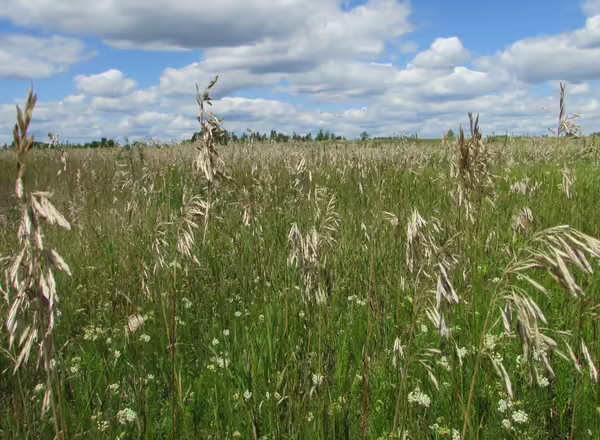
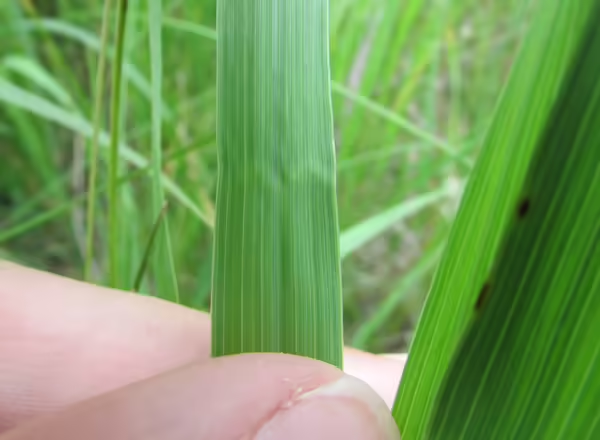
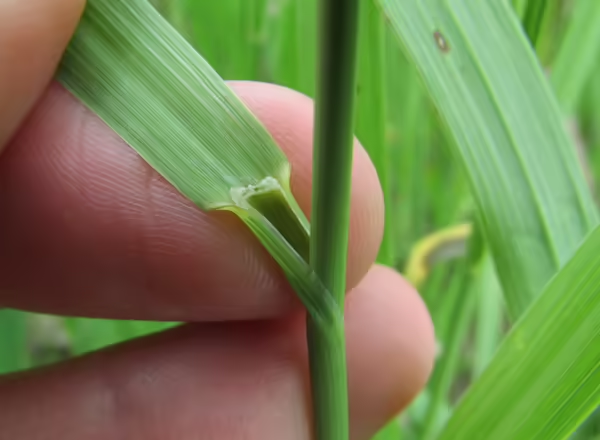
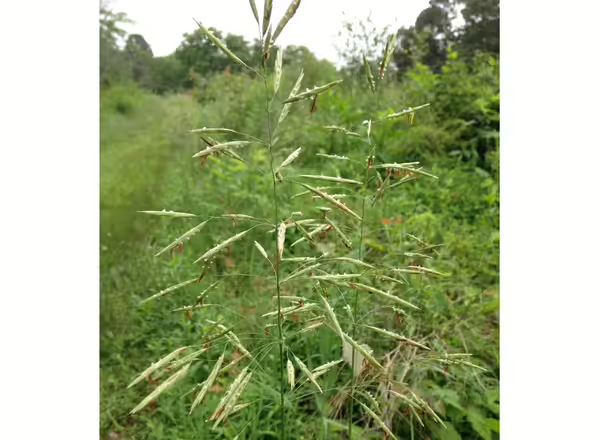
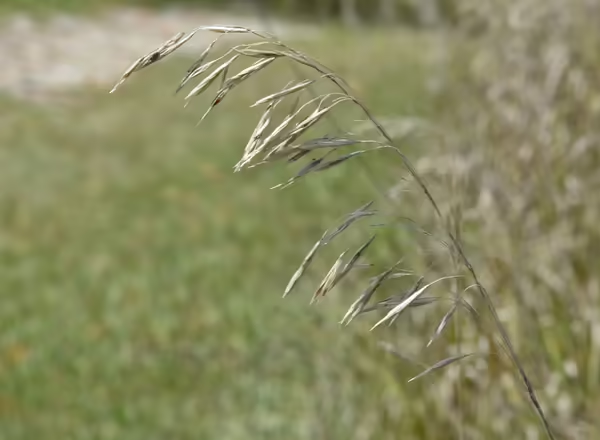
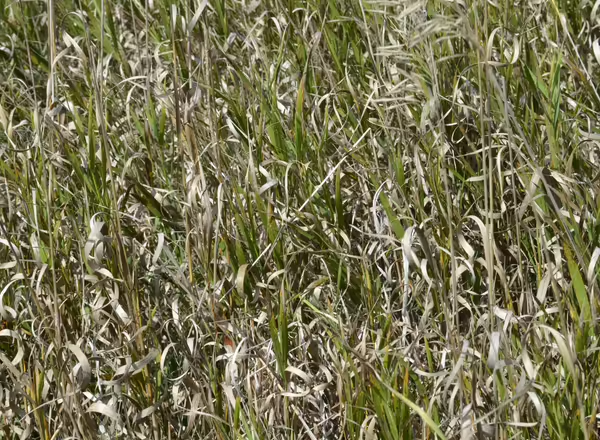
Smooth Brome, Bromus inermis, is a non-native, cool season grass found throughout Illinois. It grows between two and four feet tall, and it produces rather weak, broad leaves that have an m-shaped crimp across the blades, which you can feel if you run the blade between your fingers. It...